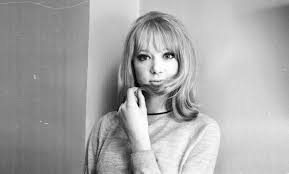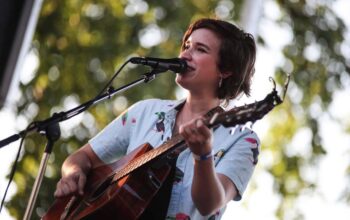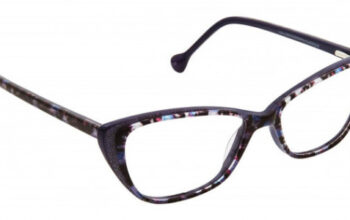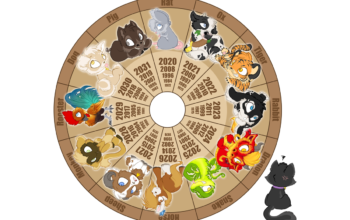Eric Clapton – Layla (1992)
I threatened this one at the beginning of this series, so let’s boogie.
Try to think of a great guitar-first rock song. No, not this one. Stay in your swimlane. Something with a great hook, great riffs, and an energy that only a masterfully-played Les Paul or Stratocaster could drive. A song so idiomatic to the instrument that the guitar itself would be diminished without it.
What did you come up with? Stairway? Watchtower? Johnny B. Goode? Child o’ Mine? Smoke on the Water? It’s a long tail.
Okay, so you’ve picked your poison. Now remove the lead guitar part and replace it with a strummed, six-string Martin acoustic. Still like your song?
Eric Clapton wrote Layla for his then-crush and future wife Patti Boyd, at the time the spouse of bff George Harrison (I believe that’s the ‘Roommate Switch’ that George Costanza was trying to mastermind with Jerry and his girlfriend).
Jim Gordon wrote the second, piano-driven section that was brutally bolted on to Clapton’s composition.
Only the original version released on the regrettably-but-let’s-face-it-aptly-titled LP Layla and Other Assorted Love Songs included the instrumental appendix. The single, released in 1972, was just Clapton’s frenetic rock-tune section. The acoustic version was released as a single in 1992 as part of the MTV Unplugged series and Clapton’s attending Unplugged album.
I do declare, I chortled when I first heard it. It seemed to be a caricature of itself, almost as though Clapton was, I dunno, kidding. The renovations were a bit more substantive than just demolishing the piano annex and clearing out the guitar-riff furniture. The original was a very shallow ABABAB lineup of verse-plus-chorus, with no bridge, coda, or solo other than the electrifying intro and outro. The Unplugged edition introduces a forgettable acoustic guitar solo after the second chorus to shape the form into something more self-contained in a chansonnier’s forum like this one.
But man, stripping out that iconic riff was one ballsy risk. There are those – I’m one, you should know – who would say that that one 12-note, call-and-response hook is not just the signature of the song; it is the song. And we’d spit COVID-infused droplets – on purpose, mind you – yelling it.
[ed. Funfact: Clapton didn’t even come up with that riff: Duane Allman, who played electric guitar as well as the song’s other instrumental signature, the slide guitar, did. The riff wouldn’t have worked on an acoustic guitar anyway, but you wonder if that was a contributing reason to why Slowhand yanked it from the quiet edition.]
But this acoustic version worked, and worked brilliantly. Why?
I wrote in the Foreword to this series that the key to sizing up any alternate version of a song is look at what’s changed. Melody? Same. Key and chord progression? Same. Instrumentation? Minus the lead chords and pedals, same (with a couple of backup singers, a nice touch, but a tiny accent). Form? I mentioned the new solo, but that certainly did nothing to sell this. Hook? Gone, and again, that’s not a classic example of addition by subtraction.
Listen to the rhythm. The original is in a solid, sharp 4/4. Subdivisions are perfectly binary eighth- and sixteenth-notes. The Unplugged version is still four beats to a bar – it couldn’t have housed the melody and it’s lyrics otherwise – but the breakdown isn’t in two’s… it’s in three‘s. The triplet division of the pulse (resulting in a 12/8 time sig) gives the song a sultry, dancing swing that makes it jump right out of its own skin. Layla now has a groove that makes it both completely fresh, and also altogether unrecognizable from its rock heritage. Notably, that erstwhile gold-standard riff would have been absolutely cringeworthy here, even if Clapton or one of his surrogates had somehow managed to call on some dark art of guitar yoga to align it over the novel groove.
So how did this new cool-cat fare? Simply put, it exploded on impact. It won a Grammy award for Rock Song of the Year in 1993, topped the charts in Canada and Japan (and reached #12 in the US), and its Unplugged anthology became Clapton’s first #1 album and the top-selling live album of all time.
Something tells me Eddie Van Halen‘s Eruption mightn’t have fared so well on that Martin.



